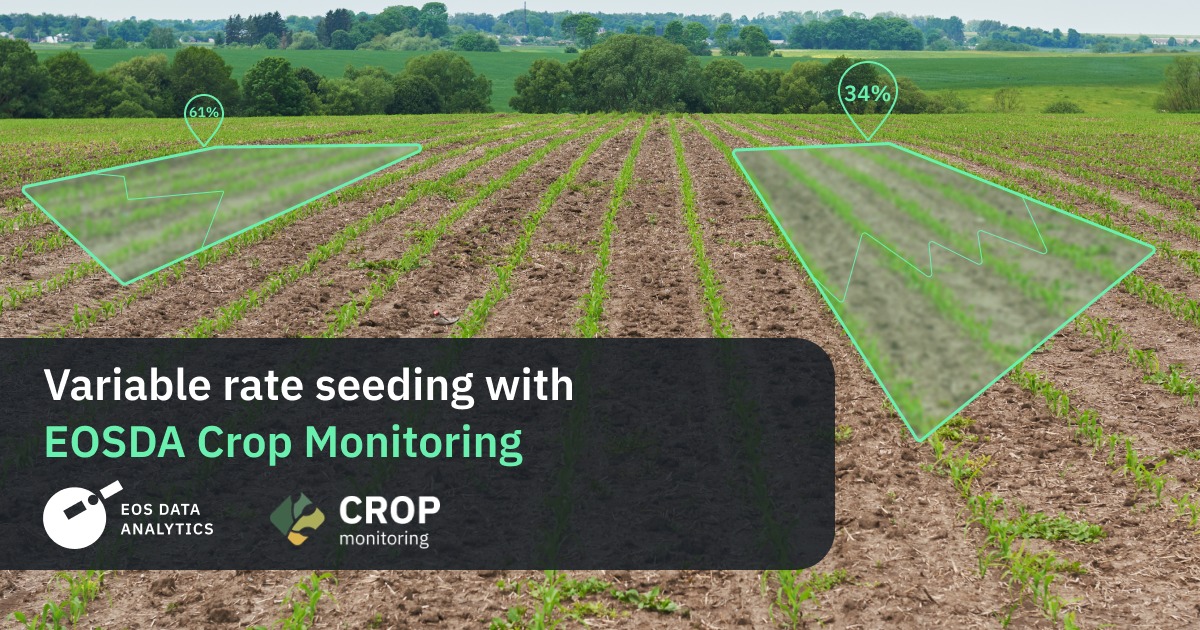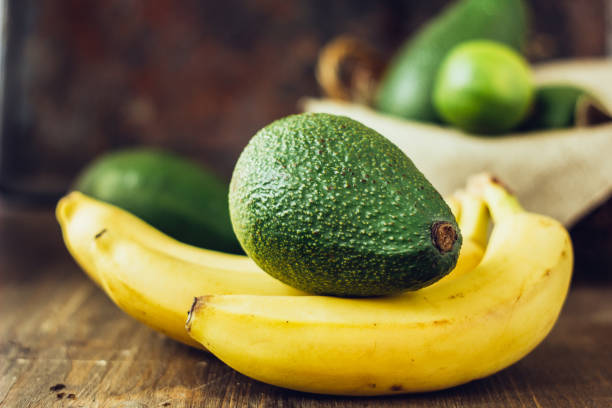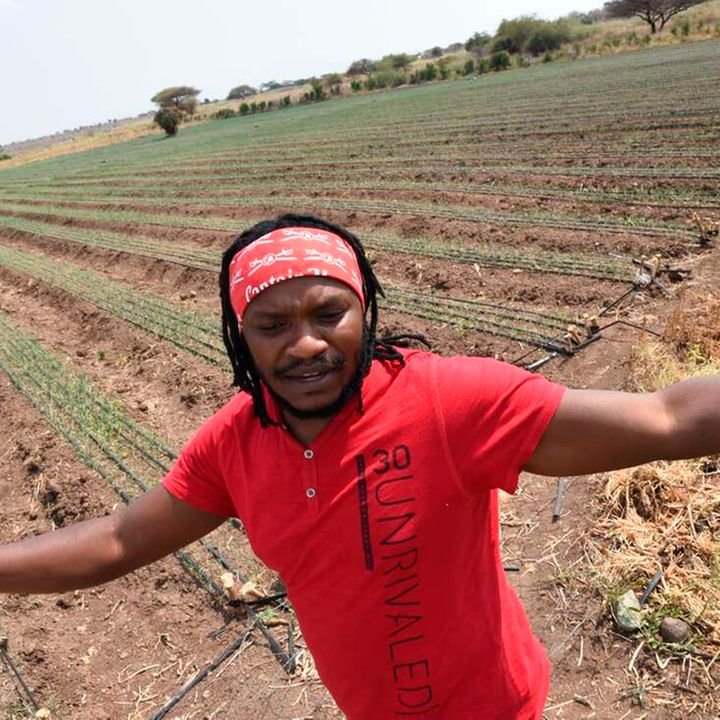The implementation of farmland monitoring is gaining popularity among farmers as it provides a reliable and cost-effective way to track plant development and health.
Crop monitoring is one of the fundamental processes in agriculture, which makes it possible to track the development of crops at all stages of the growing season. At the same time, if various crop threats are detected, farmers can take measures to eliminate them on time. It applies to the spread of diseases, pests and weeds. In addition, plants can be threatened by possible mutations and transformations in the biological components of problems. Therefore, it is crucial to identify the threat accurately, as applying the same corrective actions for each issue is ineffective.
Thanks to the satellite crop monitoring systems, it is also possible to detect beneficial insects that can help control pests. Thus, growers can adopt different farming practices to support natural control of crop threats. Overall, plant and soil health monitoring with the help of modern technology offers many valuable features and benefits that contribute to both greater awareness of events and changes in the fields. It is also the key to better farm management and rational resource allocation.
Plant Monitoring Technologies
For the crop monitoring system, several technologies and tools are applied. They provide comprehensive information about the health of farmlands.
Satellites, aerial photography and drones provide a bird’s eye view of the fields. Various remote sensing technologies make it easy to determine crops’ condition, growth and yield.
Humidity and temperature sensors are essential to get real-time data on environmental conditions for plants. Data analytics provides valuable insights from remote sensing and sensor data. Data analysis tools enable the discovery of trends and patterns that are important in the development of crops.
Machine learning algorithms help you work with large datasets and find essential patterns. It is necessary to predict yields and detect potential threats. Machine learning will also allow the efficient use of various means of production. Cloud computing makes it possible to store and process field monitoring data.
Geographic information systems also play a critical role in crop monitoring. Creating growth maps and productivity maps is possible thanks to GIS technologies.
Mobile applications are a convenient modern way to collect real-time data. With their help, agronomists and growers can observe the growth and health of plants, as well as make informed decisions about their care.
The combination of these technologies helps to measure and track crop growth effectively. The data can then be used to make informed decisions about planting, irrigating, fertilizing and harvesting. Using satellite monitoring of crops, farmers can better understand the needs of their crops and better manage agricultural land.
Crop Monitoring in Climate Change
Climate change is a global problem, the consequences of which are visible all over the planet. Agriculture is one of those sectors most strongly affected by the negative impact of this phenomenon. Changes in weather patterns lead to crop failures and food insecurity. Crop monitoring technologies help farmers adapt to change and minimize the harmful effects of climate change on crops.
Crop monitoring using remote sensing can help to identify areas most at risk, and this information is valuable in decision-making and developing climate change adaptation strategies.
Field monitoring is used to identify areas at risk of drought or floods. Farmers can take action with this information, including planting drought-resistant crops or building flood barriers. The temperature data also helps growers to select the most suitable plant varieties for the given conditions.
Satellite monitoring data is also used to identify areas at risk of pest infestation, soil erosion or nutrient depletion. This information can then be used to develop various management strategies, including planting cover crops or introducing crop rotation.
This technology is a crucial tool for adaptation to climate change. Comprehensive information on crop status and yields to help identify areas vulnerable to changing weather patterns. Thus, growers can adopt better methods to deal with various threats.
Features and Benefits of EOSDA Crop Monitoring
EOS Data Analytics is a global provider of AI-powered satellite imagery analytics. The company has developed a solution for field monitoring EOSDA Crop Monitoring. This online precision farming platform is versatile and combines several types of valuable data. This remote sensing solution gives users access to information about crop status, crop rotation, fieldwork and soil moisture. All this is available in one place.
Field monitoring ensures early detection of crop health issues, including heat, cold and water stress, disease, pests, weeds and more. Detection of anomalies such as heat/cold/water stress, diseases, weeds and pests is crucial at an early stage, as it helps to take timely measures to combat crop threats. Growers gain access to information on the all-in-one EOSDA Crop Monitoring platform, which enables them to save time, reduce costs and increase yields




